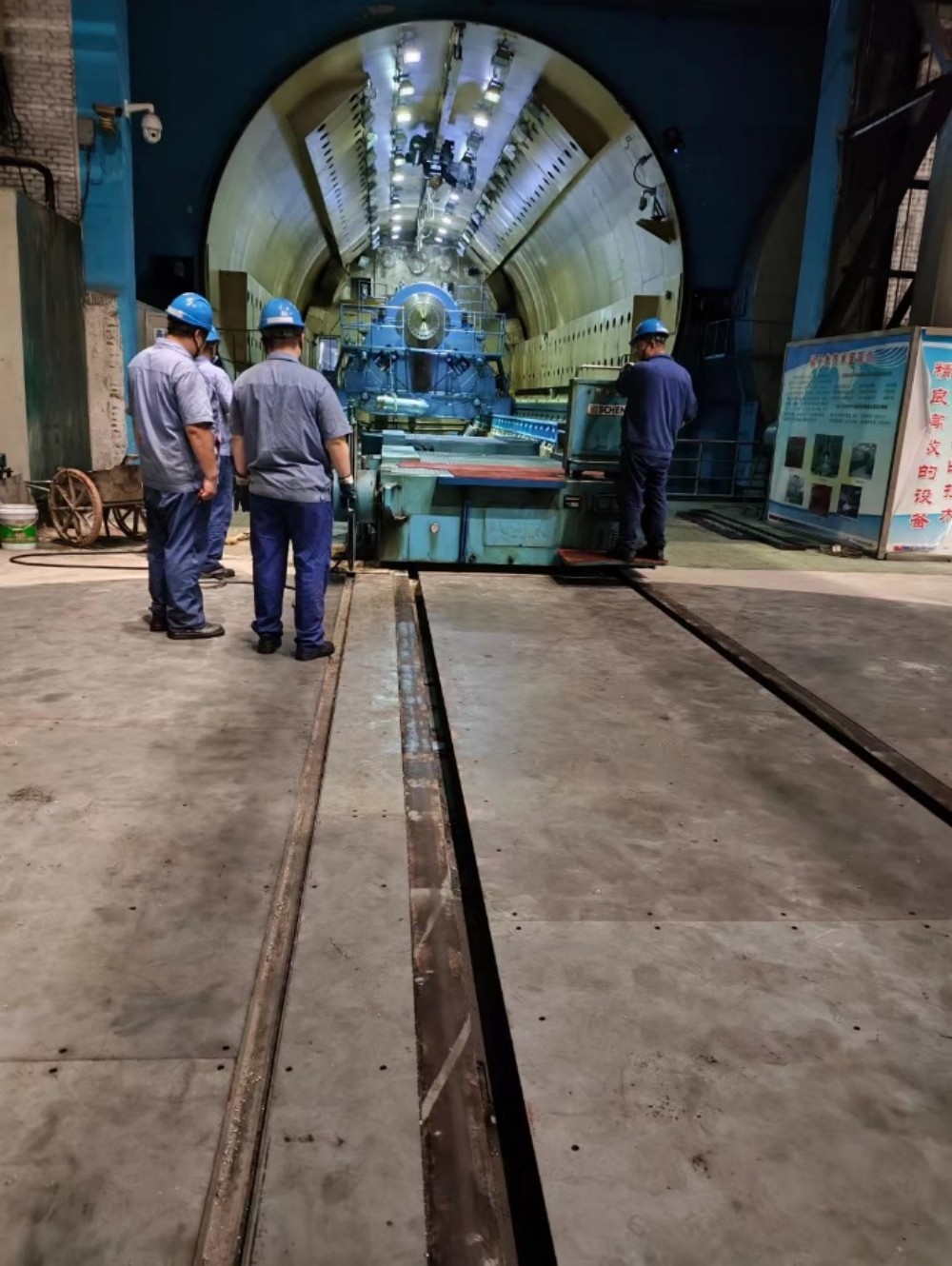When it comes to enhancing the aesthetics and durability of interior walls, PVC cladding has emerged as a popular choice among homeowners and professionals alike. This versatile material offers a range of benefits, including easy installation, low maintenance, and a wide variety of design options. In this comprehensive guide, we will delve into the intricacies of sticking PVC cladding to the wall, providing you with expert tips and techniques to achieve a flawless finish.
- Understanding PVC Cladding:
Before we dive into the application process, it's crucial to have a solid understanding of PVC cladding. PVC, or polyvinyl chloride, is a synthetic plastic polymer known for its durability and versatility. PVC cladding is specifically designed to be used as a decorative covering for walls, providing both protection and aesthetic appeal. - Preparing the Wall Surface:
To ensure a successful installation, proper preparation of the wall surface is essential. Start by cleaning the wall thoroughly, removing any dirt, dust, or grease. Fill in any cracks or holes with an appropriate filler and sand the surface to create a smooth and even base. It is also advisable to prime the wall before applying the PVC cladding to enhance adhesion. - Choosing the Right Adhesive:
Selecting the correct adhesive is crucial for a long-lasting and secure bond between the PVC cladding and the wall. It is recommended to use a high-quality, solvent-based adhesive that is specifically designed for PVC materials. Ensure that the adhesive is compatible with both the cladding and the wall surface to avoid any compatibility issues. - Applying the Adhesive:
Start by applying the adhesive to the back of the PVC cladding panels using a notched trowel or a suitable adhesive applicator. Spread the adhesive evenly, ensuring complete coverage. It is essential to work in small sections to prevent the adhesive from drying out before the cladding is applied. Follow the manufacturer's instructions regarding the drying time of the adhesive. - Installing the PVC Cladding:
Once the adhesive is applied, carefully align the PVC cladding panels with the wall, starting from the bottom and working your way up. Apply gentle pressure to ensure proper adhesion and use a spirit level to ensure the panels are straight and level. Use spacers to maintain consistent gaps between the panels for expansion and contraction. - Finishing Touches:
After the PVC cladding is installed, remove any excess adhesive using a suitable solvent or adhesive remover. Use a clean, damp cloth to wipe away any residue and ensure a clean finish. If necessary, apply a silicone sealant to the edges and corners for added protection against moisture.
Conclusion:
By following these expert tips and techniques, you can master the art of sticking PVC cladding to the wall. Remember to choose high-quality materials, prepare the wall surface properly, and use the correct adhesive for a flawless and long-lasting installation. PVC cladding offers a cost-effective and visually appealing solution for transforming your interior walls, providing both style and functionality.




More Stories
The Versatility of Fiberglass Woven Cloth in Industrial Applications
Top Benefits of Installing Industrial Fire Doors in High-Risk Environments
Why H20 Beams Are Essential for Large-Scale Construction and Infrastructure Projects